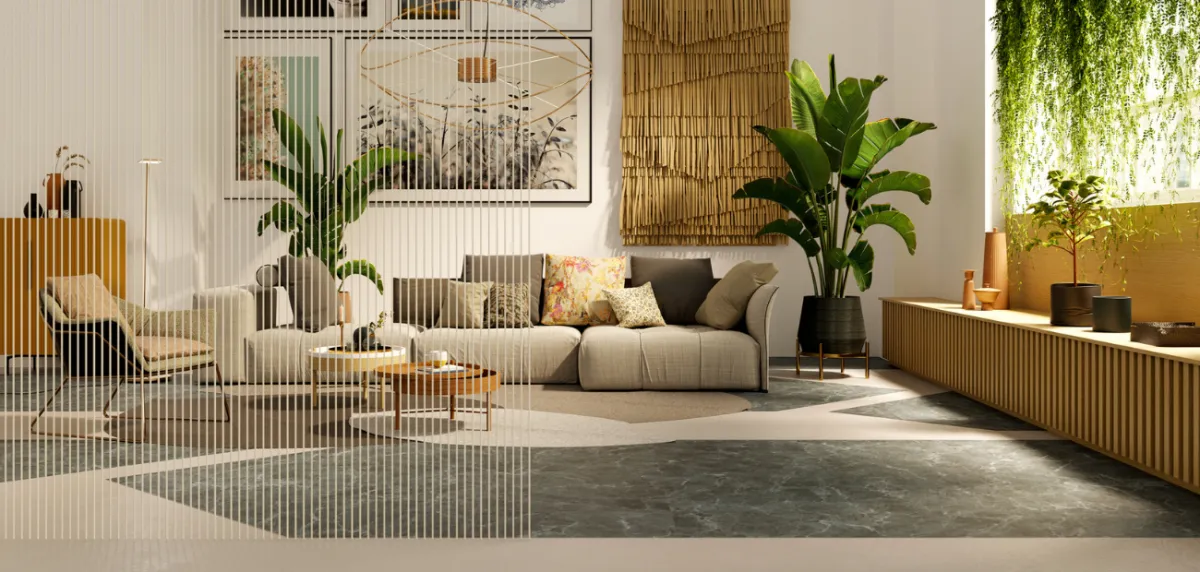The union of design and nature has become a guiding principle in contemporary architecture, leading to a reimagining of spaces where the built environment does not just coexist with nature but actively participates in its rhythms.
This new era of design is distinguished by the ingenious incorporation of natural elements, not merely as an aesthetic afterthought but as a foundational aspect of architecture. Architects and designers increasingly use organic materials and principles to create sustainable, energy-efficient, and healthy living spaces. Wood, stone, and bamboo, materials with a minimal ecological footprint, are favored for their versatility and sustainability.
Natural light plays a central role in this architectural philosophy.
Skylights, large windows, and cleverly placed mirrors are used to maximize daylight, reducing the need for artificial lighting and providing a psychological boost to the inhabitants. The thoughtful orientation of buildings optimizes sun exposure for warmth in colder months while providing shade during the summer.
Green spaces are no longer confined to the outdoors.
They have been integrated into the very fabric of buildings through features like vertical gardens, green roofs, and internal courtyards. These living elements of design purify the air, reduce heat, and create peaceful sanctuaries for residents.
See also: A Guide to Buying in Gated Communities: Privacy, Security, and Exclusivity
The harmony of design with nature also means respecting the land.
Buildings are constructed to follow the natural contours of the terrain, preserving ecosystems and minimizing the impact on the land. Architects often work closely with ecologists to ensure that new constructions are in harmony with local flora and fauna.
Sustainability extends to energy usage.
Solar panels, wind turbines, and geothermal systems are becoming commonplace, turning buildings into producers of energy rather than mere consumers. Smart technologies allow for real-time monitoring and optimization of energy use, making modern buildings more responsive to the needs of their inhabitants and the environment.
The psychological benefits of this approach are profound.
Studies have shown that spaces that incorporate natural elements have a calming effect, reducing stress and enhancing wellbeing. This is known as ‘biophilic design’—a principle that recognizes our intrinsic need to be in contact with nature.
In conclusion
contemporary architecture is not just about creating spaces that are visually stunning; it’s about fostering a deep connection between the occupants and the natural world. The harmony of design and nature has become synonymous with a healthier, more sustainable approach to living, one that will define the built environment for generations to come.
